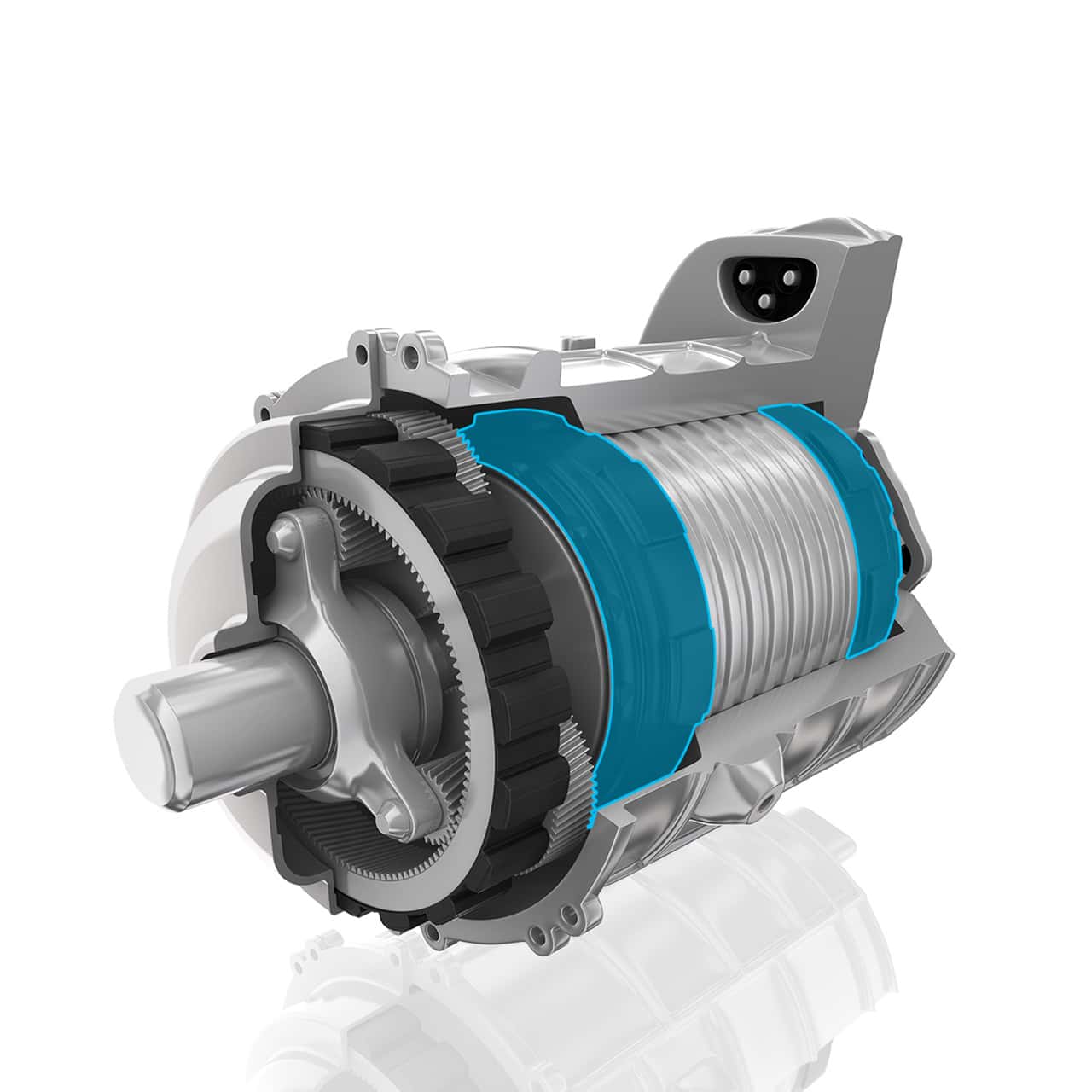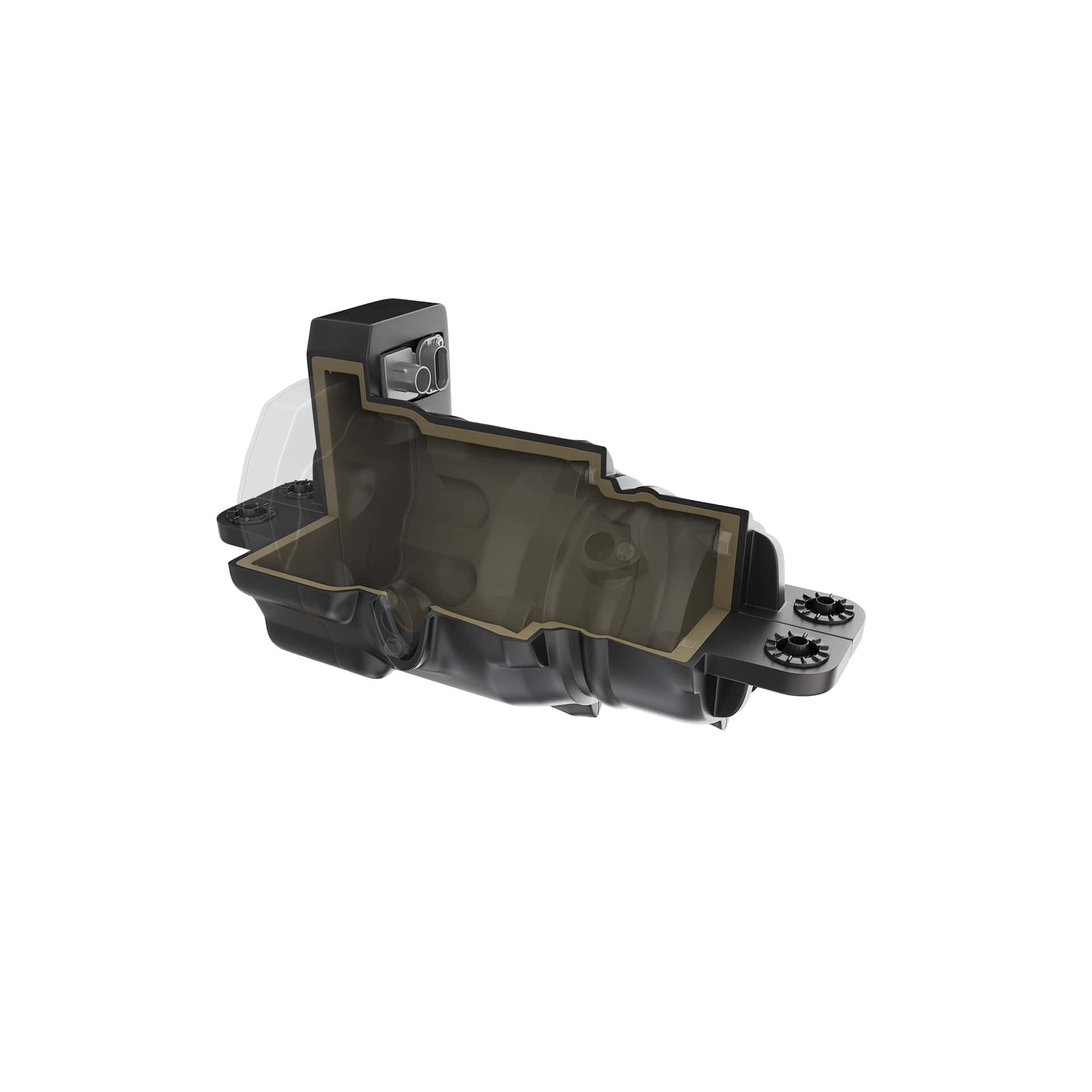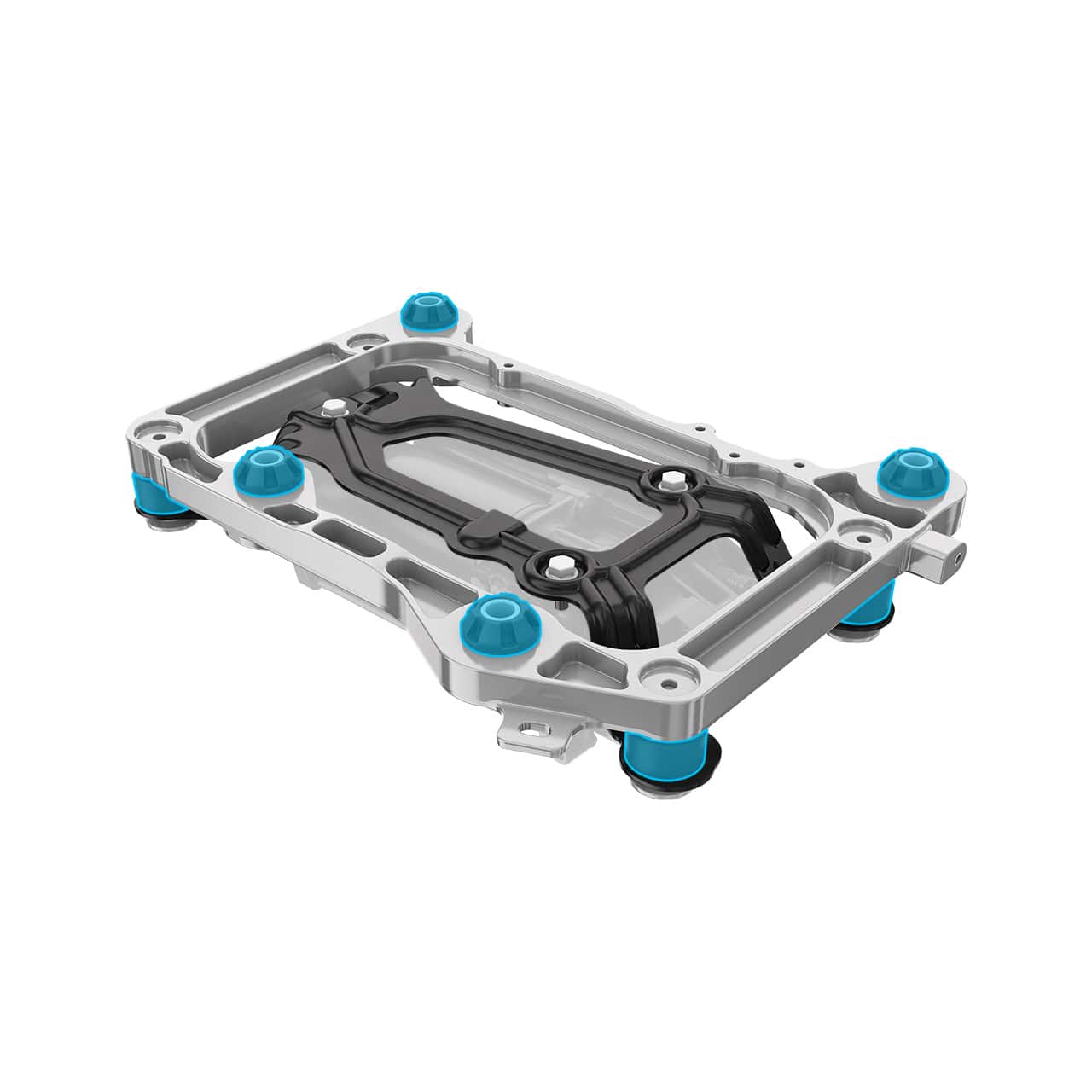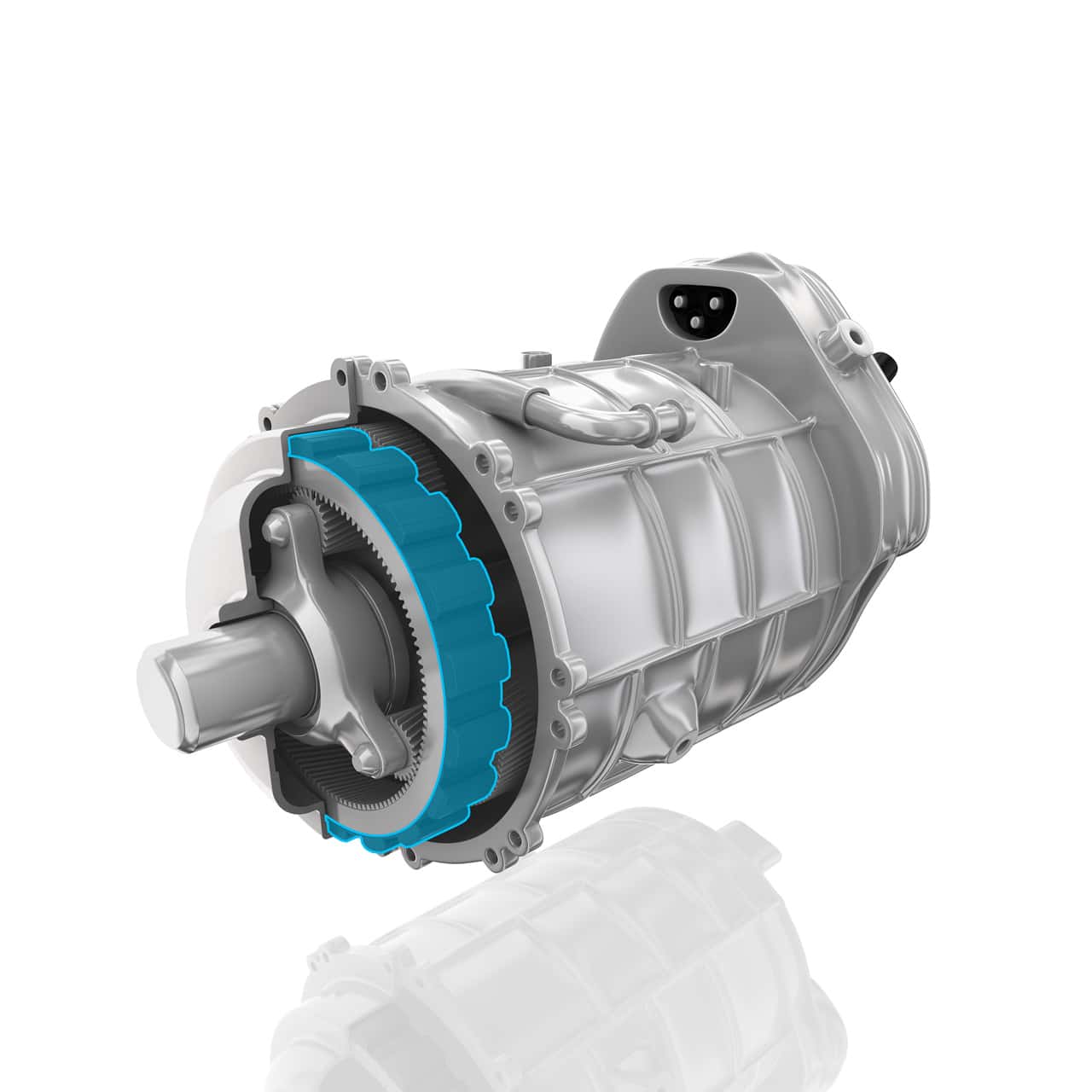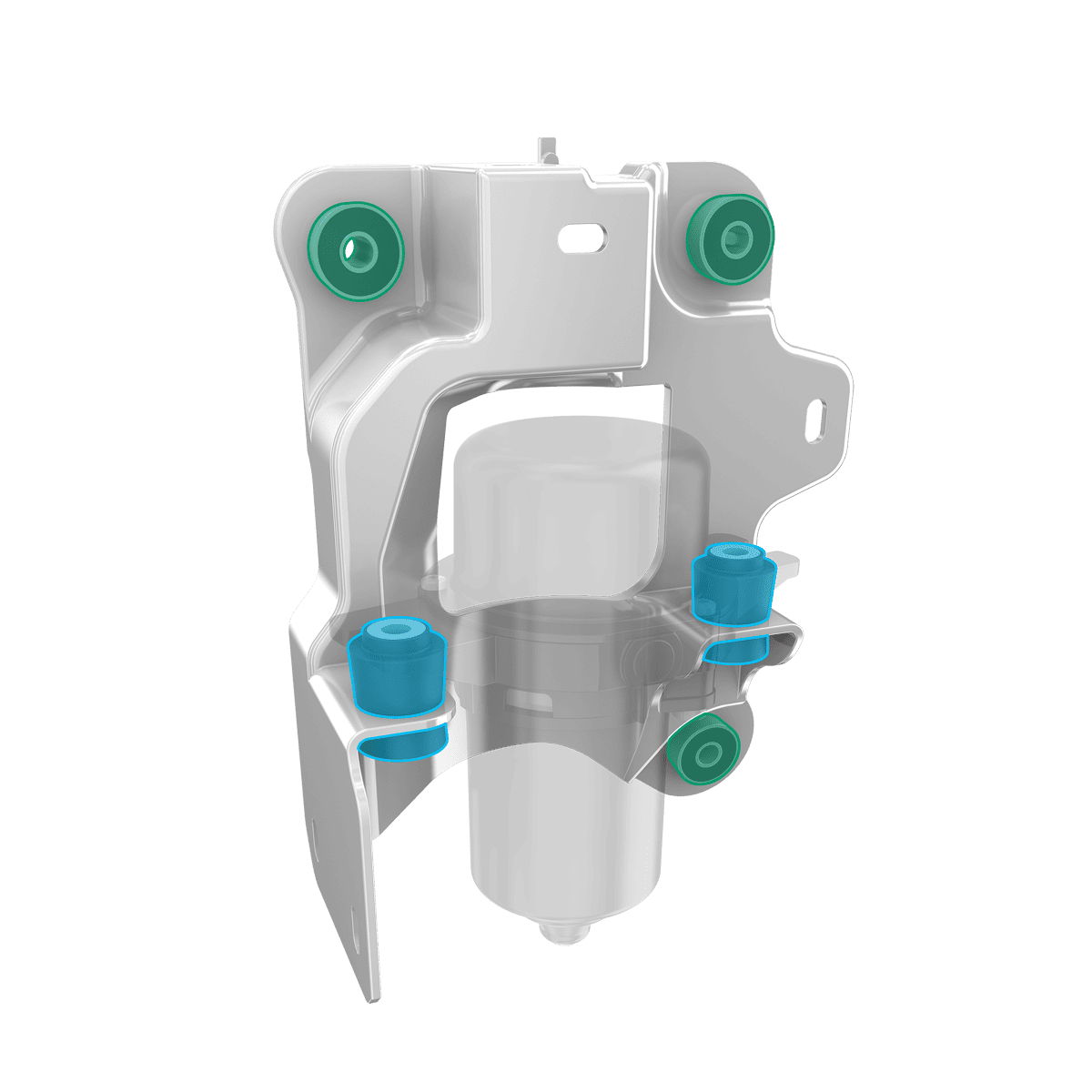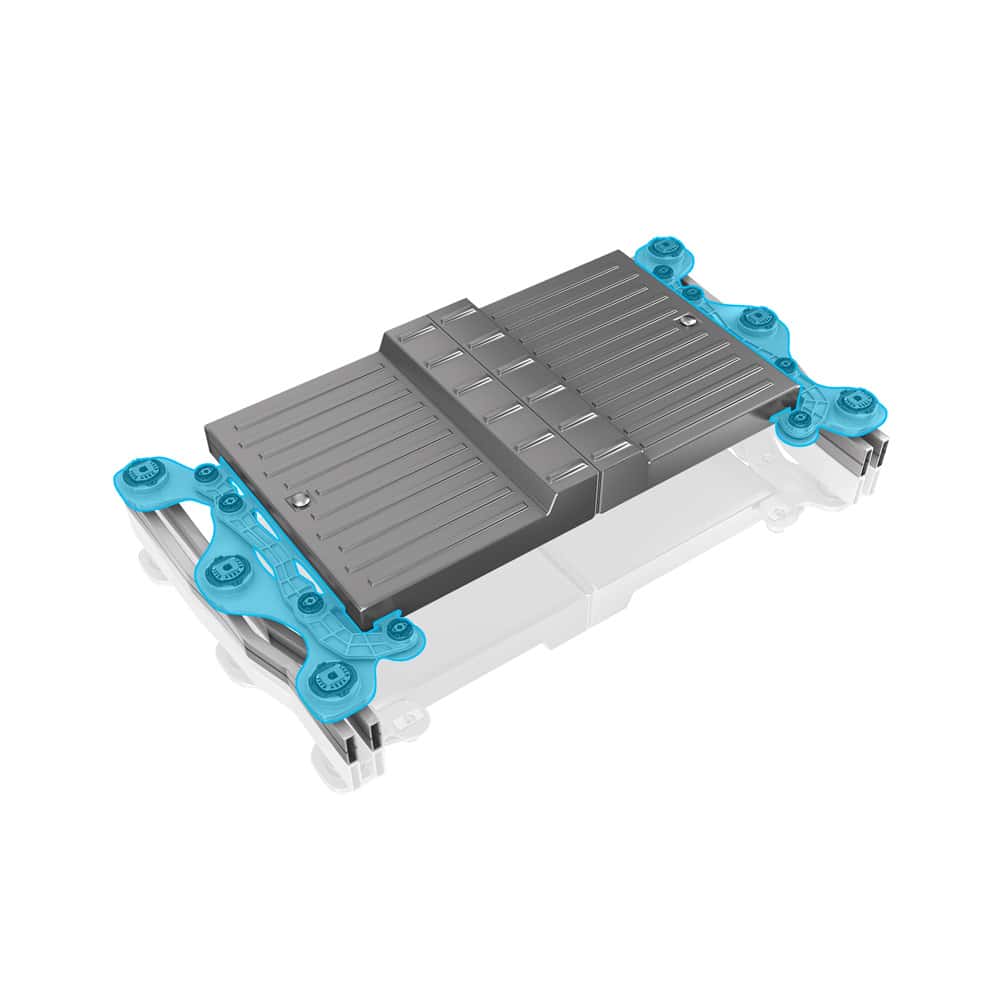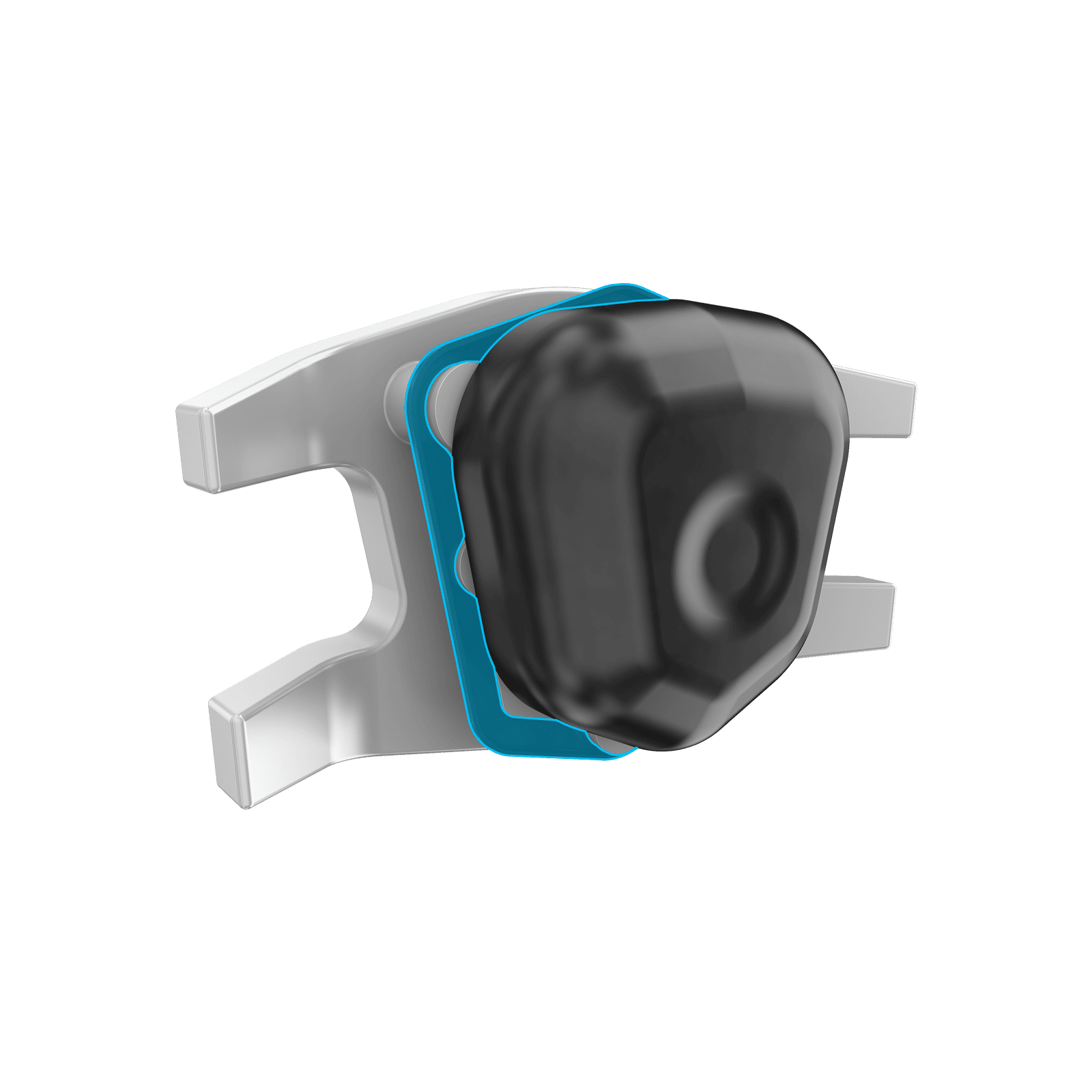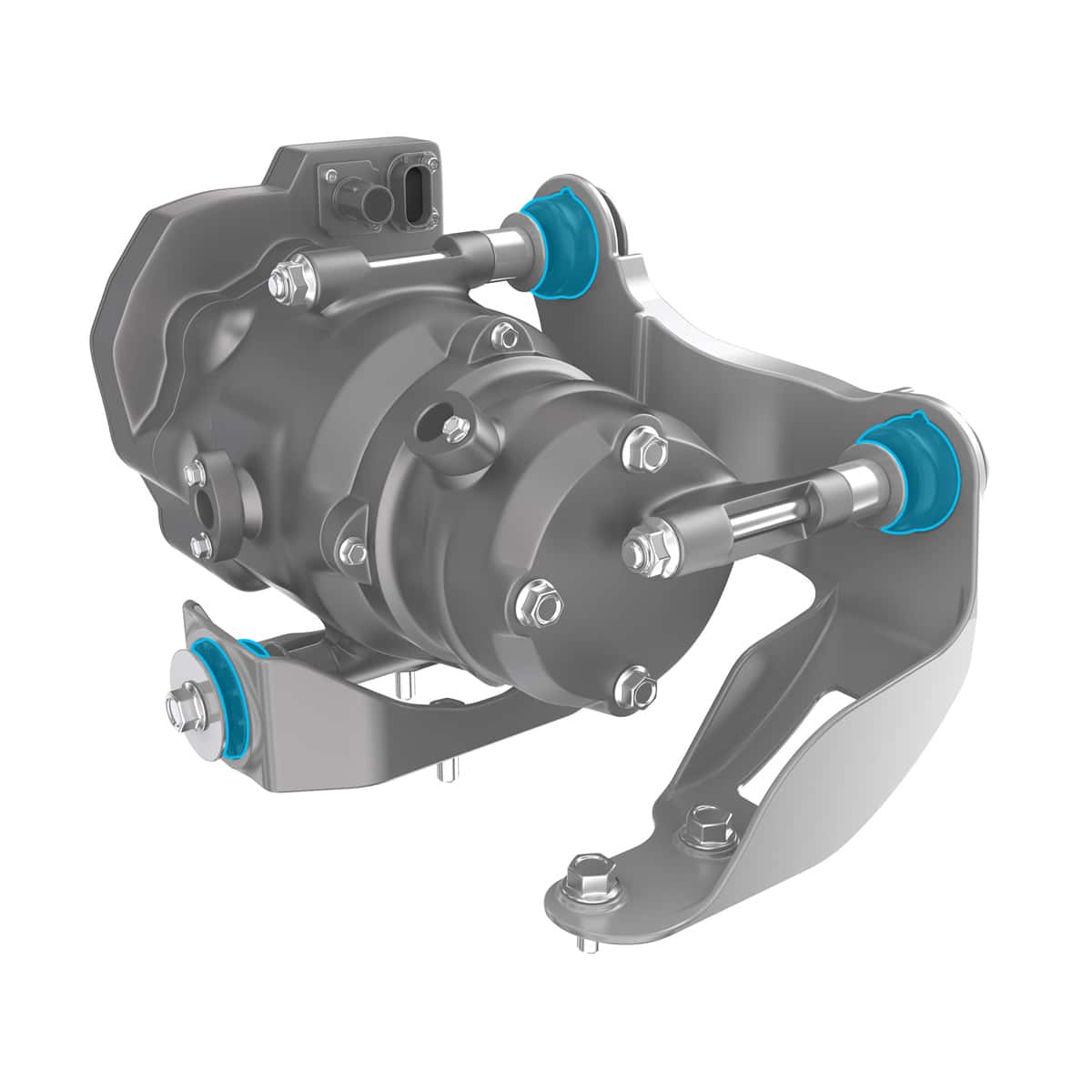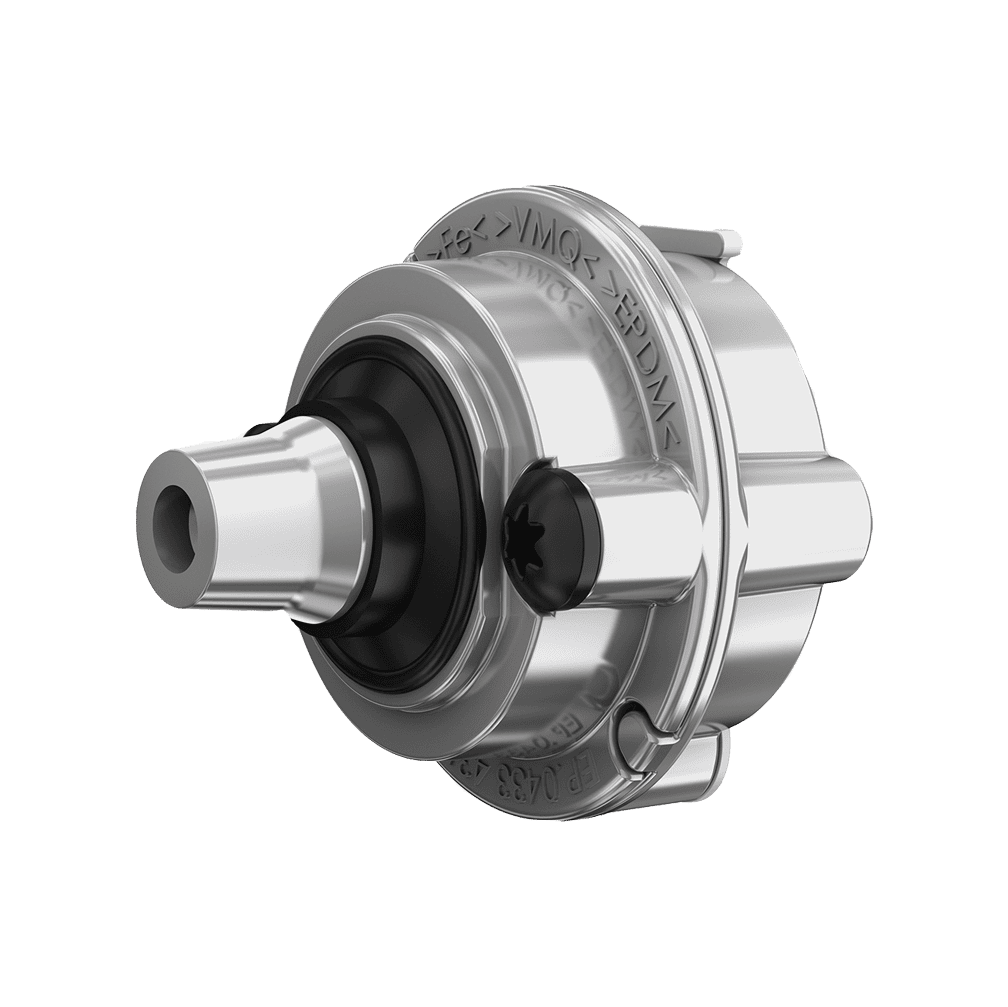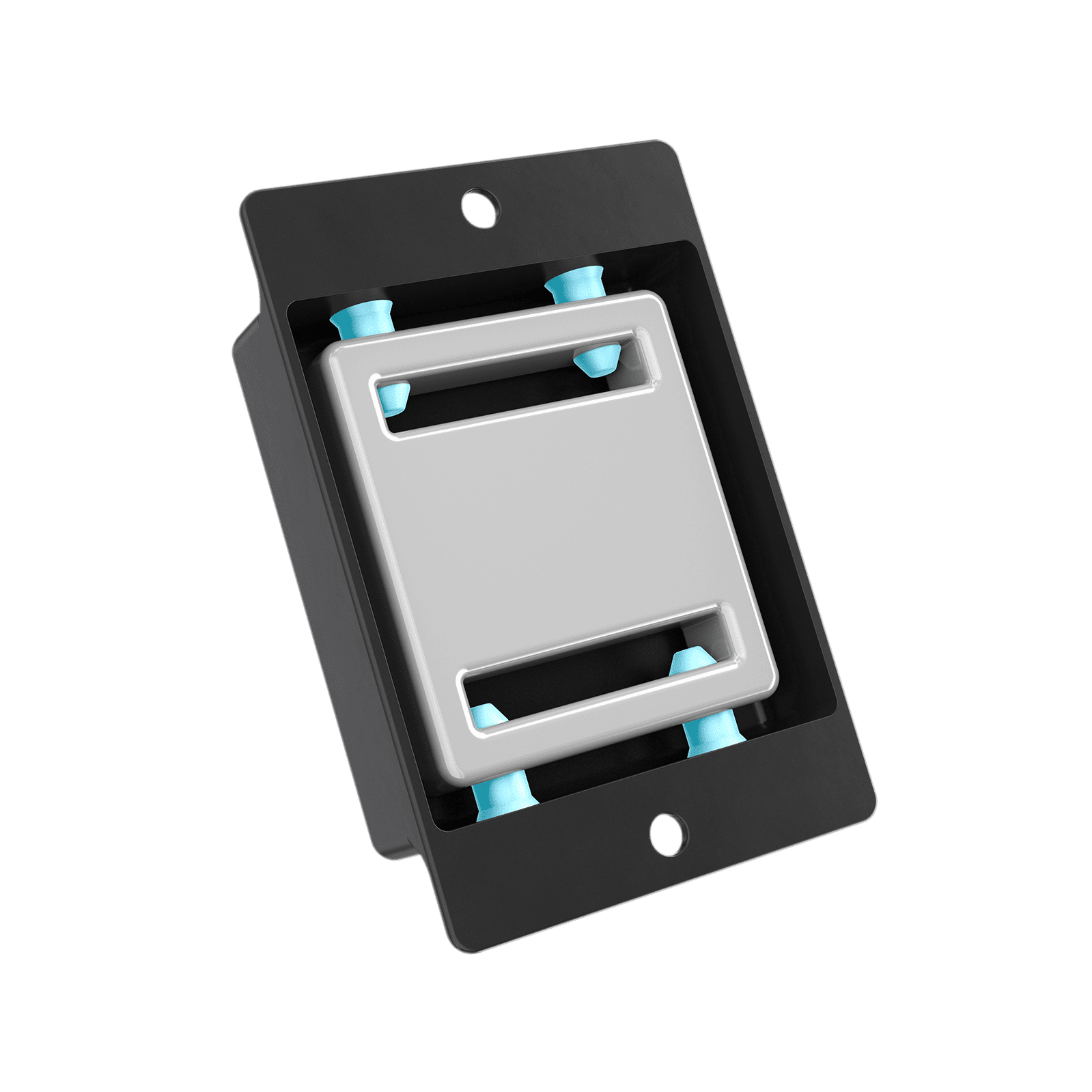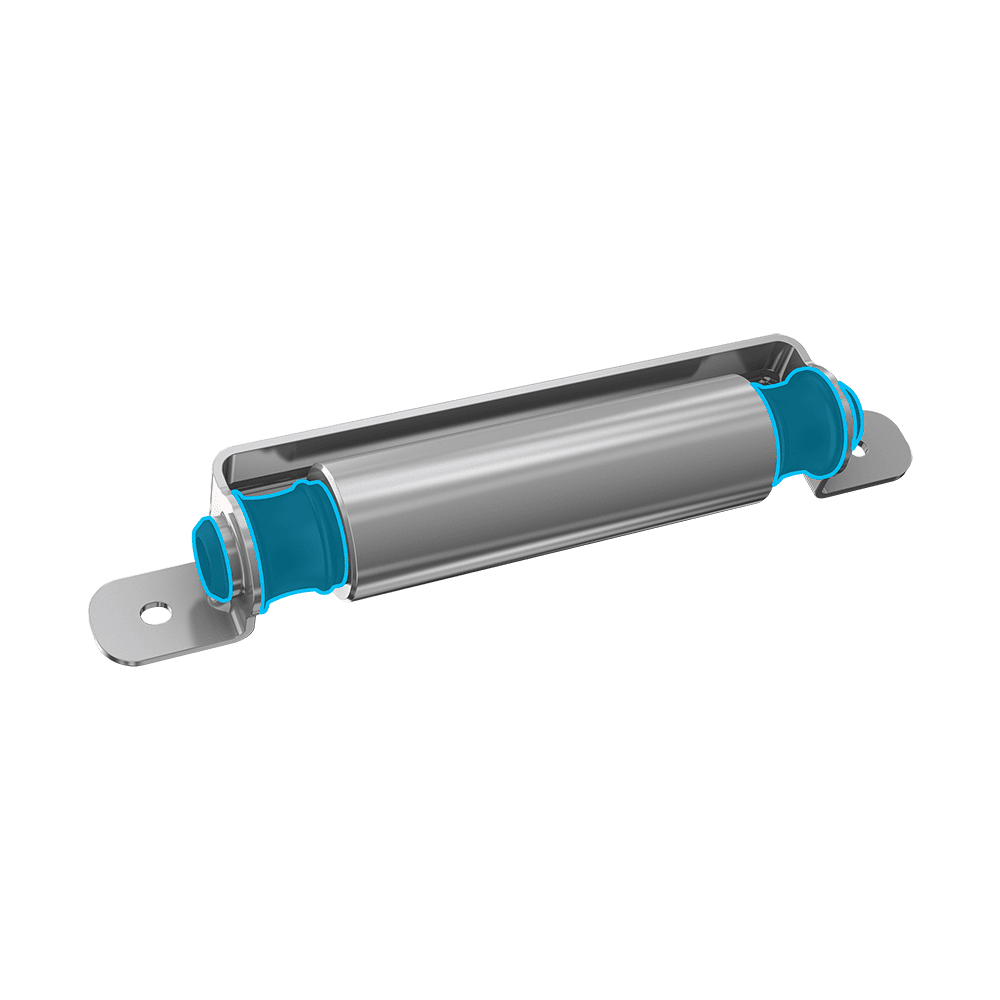Light Vehicle Products
Dampers & Decoupling Systems
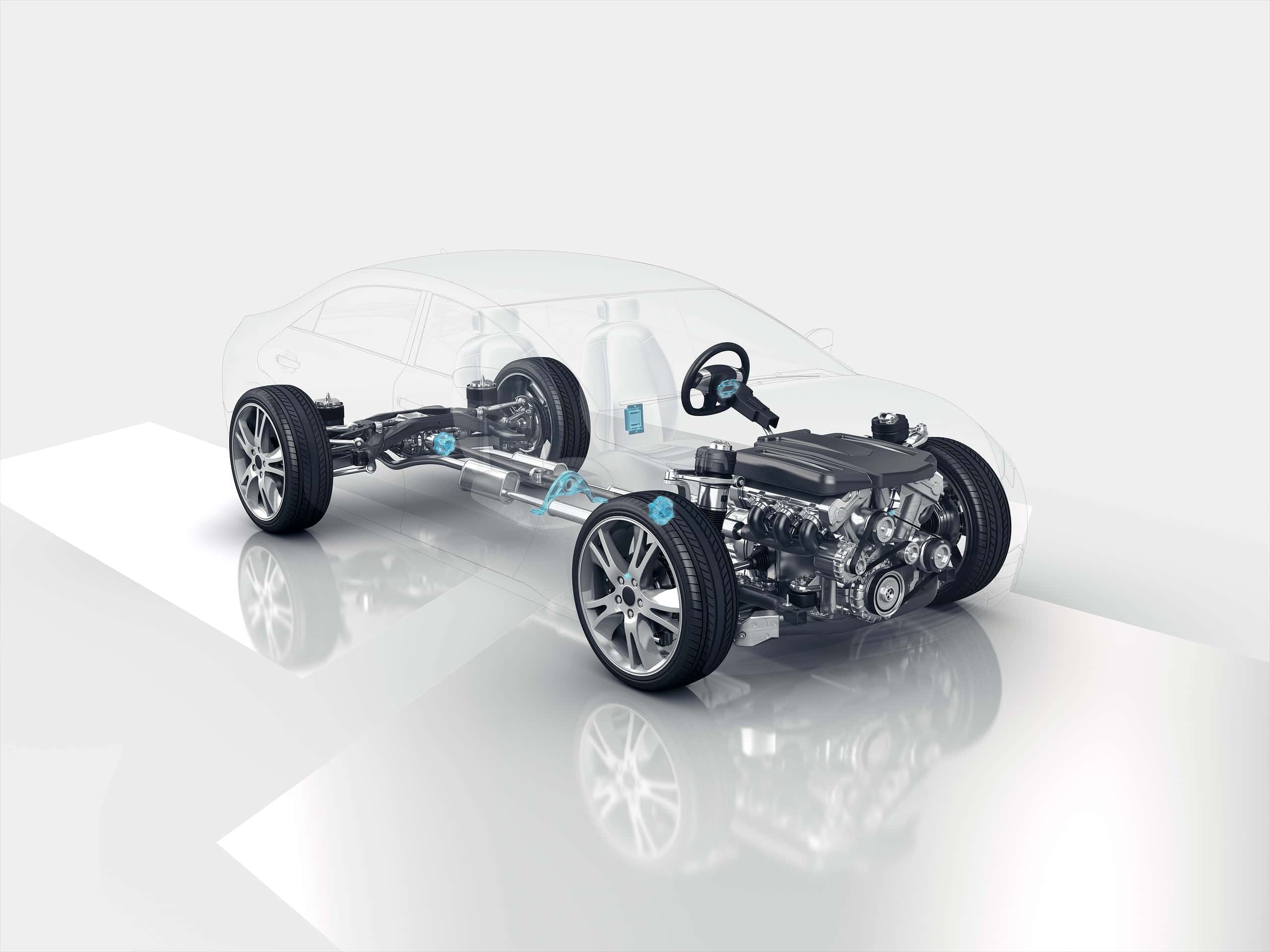
Isolators and mass dampers are ideal for solving a wide variety of vibration-related challenges transmitted into the chassis from the road surface. Linear dampers are a strategic design element to counteract unwanted noise and vibrations – especially in lightweight structures.
Mass dampers are ideal for use in applications where vibrations need to be balanced with opposing inertial forces. In these configurations, an additional spring-mass system with the same frequency, but opposite amplitude, acts on the vibrating structure, effectively eliminating its vibrations. The way mass dampers work means they can be used in a wide variety of scenarios: transmissions, steering wheels, and even whole convertibles are just some of the applications that make use of this indispensable system to prevent Noise, Vibration and Harshness issues.
Active mass dampers are another way of improving comfort even further. They use a sensor placed on the vibrating structure and an ECU (Electric Control Unit) that controls a solenoid which is able to accelerate the absorber mass. This way, active mass dampers not only come with a design that weighs less and takes up less space than their conventional counterparts, but they are also able to adjust to variables such as additional cargo load, road surface excitation, and temperature.
Decoupling solutions for auxiliary components can address new NVH challenges especially in electric vehicles. Here auxiliary systems like coolers, pumps and compressors are not belt-driven anymore and auxiliary noise and vibrations are significantly more noticeable due to the lack of the masking noises of the combustion engine.

